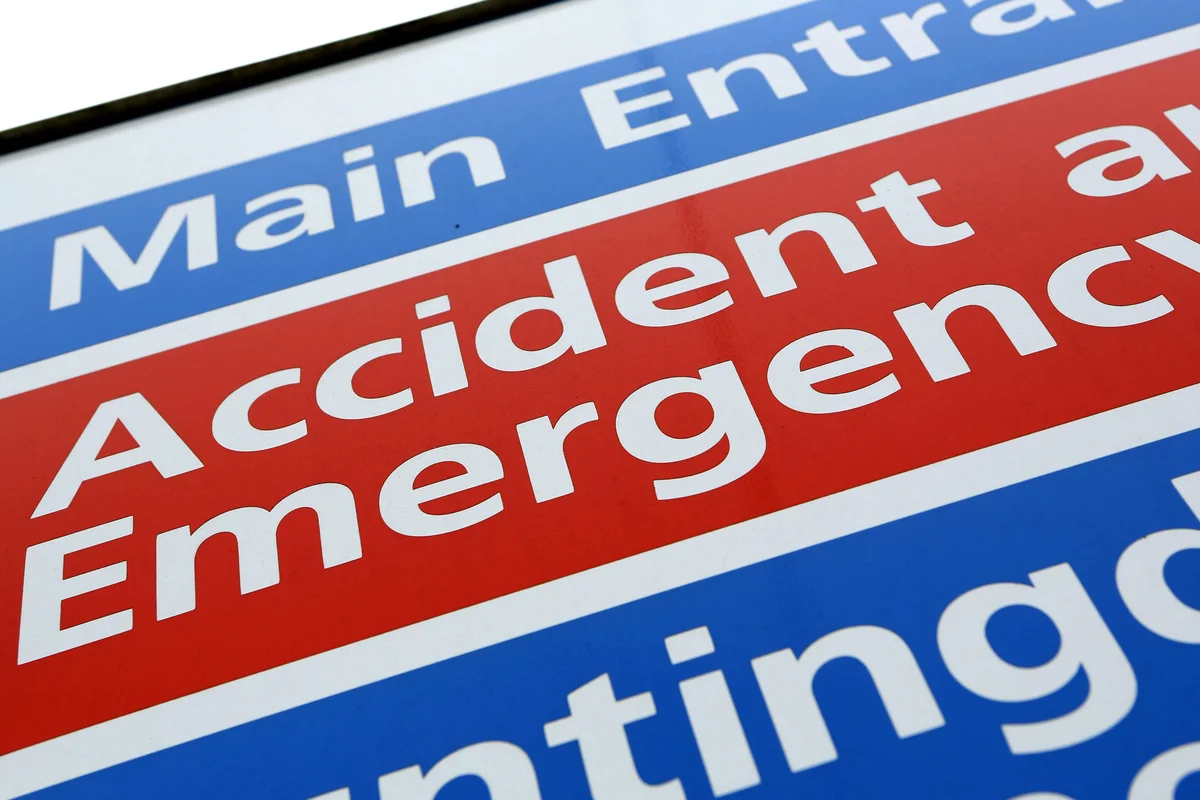By Ella Pickover
Copyright independent

Children are being “let down at the front door of our hospitals”, a top doctor has warned, as leading medics set out how children’s A&E services can improve.
Experts from the Royal College of Paediatrics and Child Health (RCPCH) said that up to two in five (40 per cent) children do not need to be there as their needs are classed as “non-urgent”.
But families are still going to A&E because they feel they have nowhere else to turn.
The RCPCH said the “stretched” system “does not have sufficient capacity to meet the demand”.
Children are one of the most frequent users of urgent and emergency care services and A&E attendances among children have risen from 5.4 million in 2018/19 to 6.3 million in 2024/25.
But despite this, focus and investment to improve the system have largely been concentrated on adult services, according to the College.
RCPCH president, Professor Steve Turner, said that children are “second-rate citizens in the eyes of NHS funding”.
Many emergency departments lack the space, staffing and infrastructure to meet the growing needs of child patients, the college added.
Numerous attempts have been made to try and make sure that children get the “right emergency care, in the right place, at the right time” but doctors highlight how children will frequently be taken to A&E “following an unsuccessful encounter” with another part of the system.
As a result, children are “often getting stuck and delayed in the wrong parts of the system”, the RCPCH warned as it set out new Emergency Care Standards to highlight how care should be organised and delivered.
A number of themes highlighted in the standard include:
Prof Turner said: “The way that people use the emergency department has changed, and in particular in many people in society use emergency department as their place to go to instead of where they would previously go to their GP.
“So we’ve made statements that encourage the whole system to make sure the right care is provided to the right child, right place, right time.
“Being mindful that between 40 per cent and 50 per cent of children and young people who are coming to an emergency department don’t have an emergency, urgent issue. It’s just that they’ve got nowhere else to go.”
He added: “Health-seeking behaviour at home has changed – people have become a lot more risk averse, so parents aren’t happy to do some watchful waiting, they put the child in the car and go straight to the emergency department.
“The other thing is that the public messaging out there – ‘If your child’s had this, this or this, you need to worry’.
“The other thing that we see and hear a lot is parents reporting that they can’t get an appointment with the GP, either in hours or out-of-hours. GPs say that they do have capacity, but there is a perception that there’s nowhere else to go, and when it’s three o’clock on a Sunday afternoon, you’ve got nowhere else to go.”
He added that NHS 111 in England “stays on the safe side” and will send people to A&E, which “increases footfall”.
Meanwhile a lot of children a coming to hospital as more complex cases, often with multiple long-term conditions.
“We’re seeing so many children coming on to the emergency department and parents saying, ‘I’m really sorry. I know I shouldn’t be here, but there was nowhere else for me to go’,” he added.
Prof Turner went on: “Children are 25 per cent of the population, and they get 11 per cent of the healthcare funding.
“Children are consistently, persistently, wherever you are on UK, they’re second-rate citizens in the eyes of NHS funding – they are either forgotten and health services putting plans together, or they’re sort of added on around the side with it.”
He added: “I’ll give an example of Glasgow – in Glasgow, the adult A&E footfall is 100,000 per year. The paediatric footfall, because it’s the only place for care in Glasgow, is 70,000 – so it’s 70 per cent of the workload, and they’ve got less than 50 per dent of the workforce.
“So, it’s just … iniquitous. We are letting our children down at the front door of our hospitals.”
He went on in a statement: “Children and young people have the highest unnecessary emergency department attendance of any group.
“This avoidable added footfall inevitably leads to overcrowding and results in bottlenecks in emergency departments.
“These revised standards aim to support the paediatric workforce so that every child can receive safe, compassionate, and timely care in the right place – no matter their needs.”
Dr Ian Higginson, president of the Royal College of Emergency Medicine, added: “Most paediatric emergency care in the UK is provided in general emergency departments – almost a quarter (23 per cent) of our patients are children.
“Standards of this nature are important to ensure that children are equally and properly considered when so much attention is on problems affecting our adult patients.”



